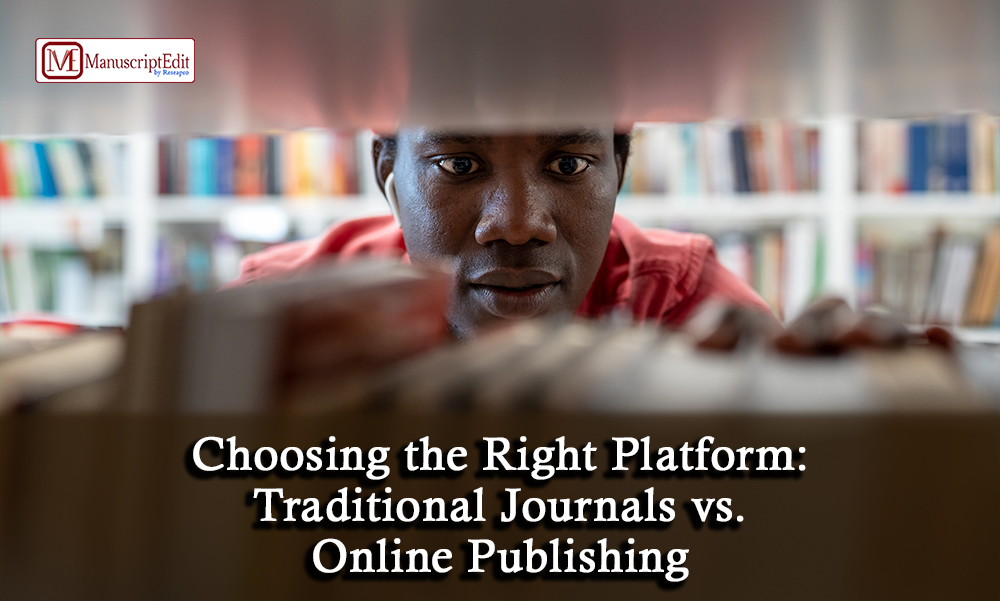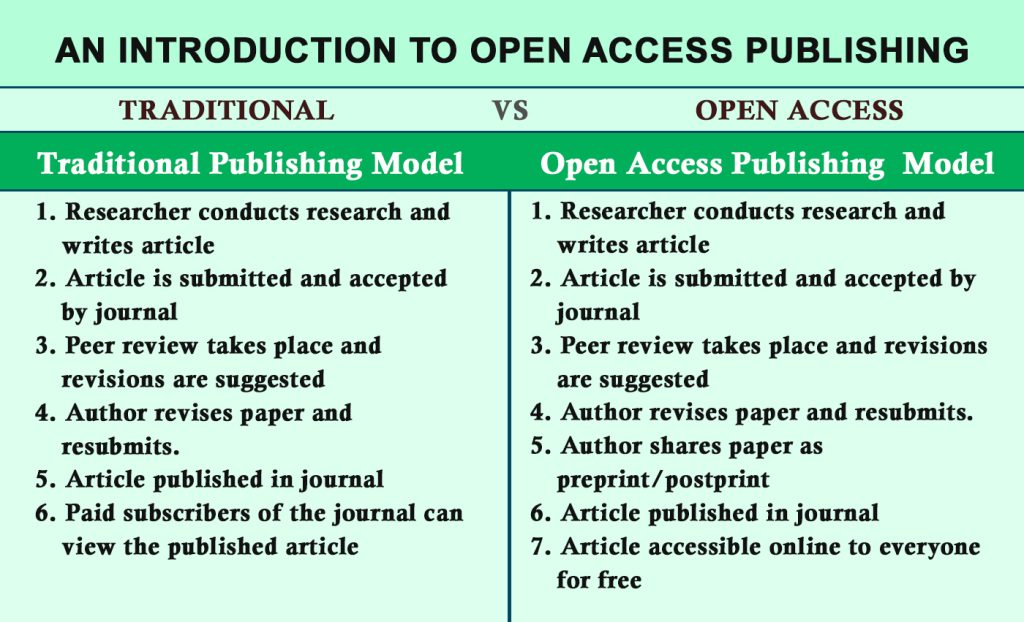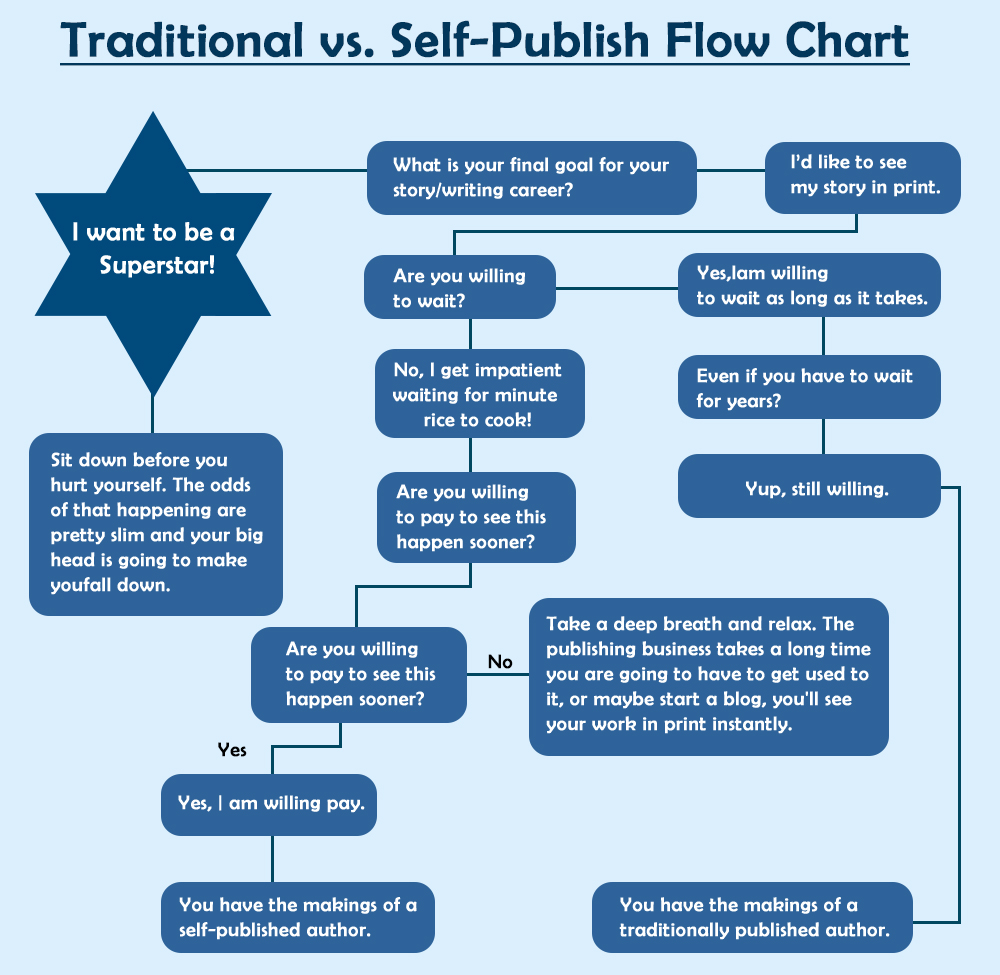 Selecting between online publishing and traditional journals is crucial when navigating the academic dissemination landscape. Researchers must balance the advantages of reputable print journals with the speed and accessibility of online platforms as technology continues to transform academic communication to ensure the appropriate audience correctly sees their work.
Selecting between online publishing and traditional journals is crucial when navigating the academic dissemination landscape. Researchers must balance the advantages of reputable print journals with the speed and accessibility of online platforms as technology continues to transform academic communication to ensure the appropriate audience correctly sees their work.

The Importance of Choosing the Right Platform
Selecting the appropriate publishing platform is essential to disseminating research efficiently. Traditional publications may have longer publishing dates but guarantee quality through peer review and renown. Online publications have the advantage of rapid distribution, increased accessibility, and interactive elements, but their reputation may be diminished.
Researchers must balance the benefits and drawbacks of visibility and validation in light of their objectives and the nature of their work. Given the changing terrain, a strategic strategy balancing tradition and innovation is necessary to maximize effect and intellectual contribution.
Traditional Journals vs. Online Publishing
Traditional journals are publications that publish research findings in print or online formats. They are essential to intellectual communication. They are carefully chosen and put through a peer review procedure to guarantee authenticity and quality. One benefit of publishing in these publications is peer validation, a rigorous process that improves the reliability of findings. Association with prestigious journals also raises the author’s stature in the workplace and increases their credibility.
Online publishing is the digital publication of books, articles, and other types of material. It thrives on quicker publication schedules, giving instant access to audiences worldwide. More accessibility allows readers to interact quickly and promotes a varied readership. The adaptability of the structure and design provides encounters with dynamic material.

Critical Considerations in Choosing the Right Platform: Traditional Journals vs. Online Publishing
Choosing a publication platform requires comparing the benefits of online and traditional journal options.
- Accessibility: Online platforms provide a worldwide reach, but traditional periodicals may have restricted access.
- Impact: Online venues give greater visibility and the possibility of a quicker effect than traditional journals, which are known for their prestige.
- Speed: Compared to the drawn-out procedure of conventional publications, online publishing is speedier, allowing for the quick distribution of research.
- Flexibility: Unlike traditional print formats, online publishing offers multimedia integration, improving study presentation.
- Cost: Online platforms may offer open-access choices or reduced publication costs compared to traditional journals, which frequently charge subscription fees.
- Archiving: Consider the content’s durability and accessibility; internet platforms frequently offer improved searchability and archiving.
- Interactivity: Online platforms enable Instant reader involvement by promoting dialogue and teamwork.

Conclusion
Deciding between online platforms and traditional publications is still crucial in the ever-changing world of academic publishing. The latter offers accessibility and speed, while the former delivers status. Scholars must understand how each platform offers advantages and adjust their goals accordingly, considering scholarly communication is changing.
